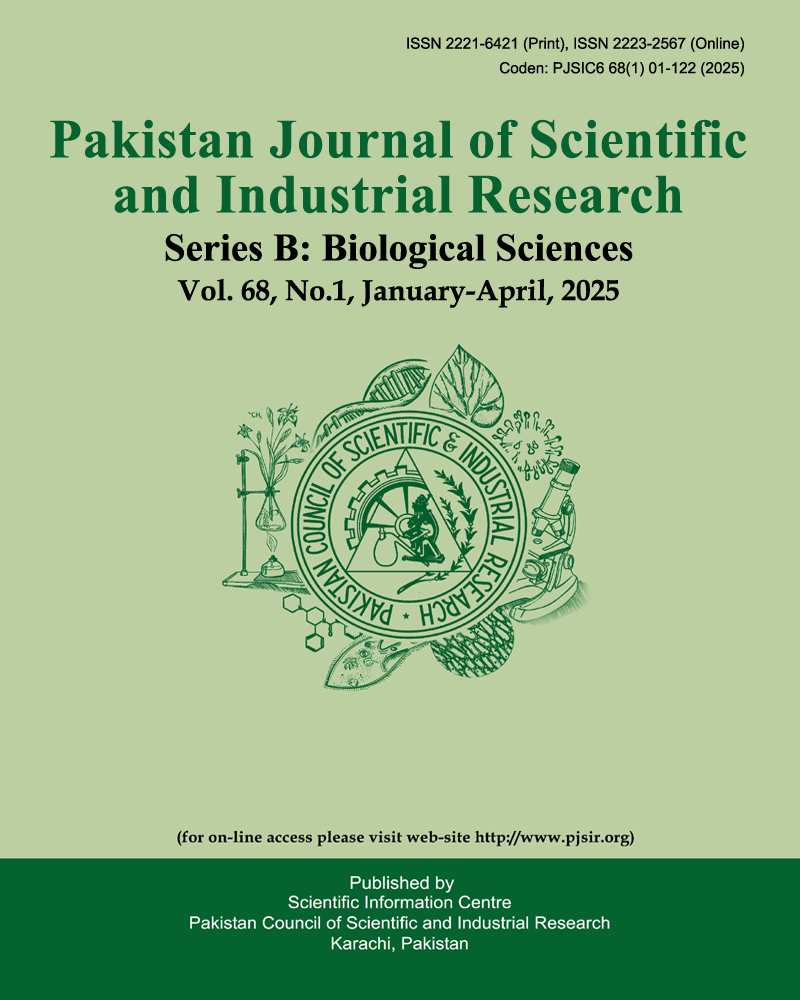Antibacterial Activity of Acacia nilotica Flower, Bark and Root Extracts
Antibacterial Activity of Acacia nilotica
Keywords:
Acacia nilotica, bacteria, medicinal plantAbstract
Acacia nilotica (A. nilotica) is an important medicinal plant and used for various diseases including diarrhea, dysentery, leprosy, cancers, ulcer, diabetes, diuretic, intestinal pains, cold, congestion, coughs, fever, hemorrhages and leucorrhea. Keeping in view the medicinal importance of this plant, flower, bark and root chloroform (CHCl3), n-hexane (n-Hex), ethyl acetate (ETAC) and methanol (MeOH), the twelve extracts were prepared and evaluated for antibacterial potential by well diffusion method. Our results confirmed the susceptibility of bacteria i.e. Staphylococcus aureus (S. aureus), Bacillus cereus (B. cereus), Escherichia coli (E. coli) and Salmonella enterica (S. enterica) against prepared extracts in concentration dependent manners with zone of inhibition (ZoI) ranging from 0.31-5.22 mm at 40 mg/mL. Interestingly, all prepared extracts showed antibacterial activity at both tested concentrations (20 and 40 mg/mL), except flower CHCl3 against S. aureus at 20 mg/mL. Comparatively, flower ETAC extract showed highest ZoI against all bacteria, expressing its antibacterial potential for future applications.


